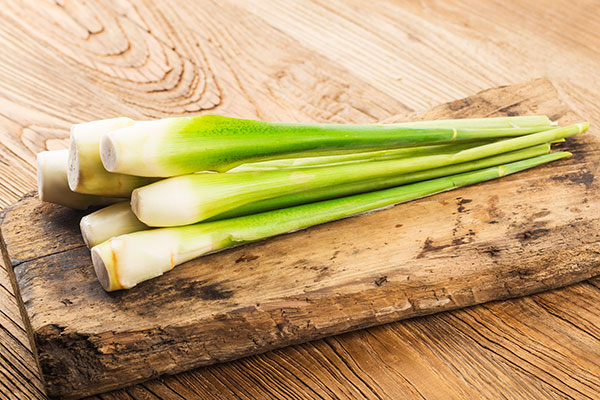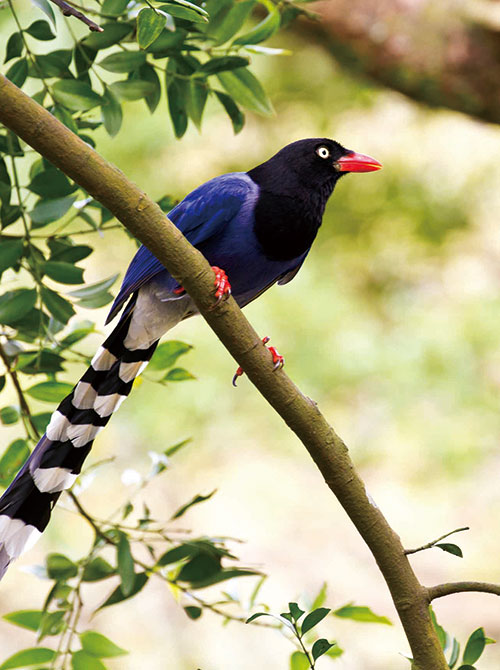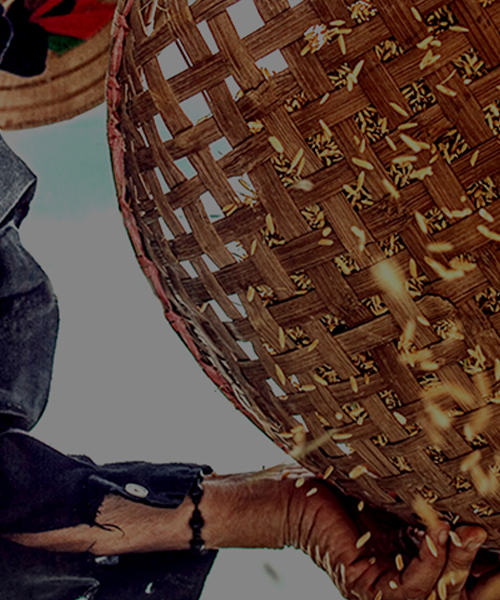Fresh and tender white Lady′s leg - Organic water bamboo
- 2022-11-04
- 2022-11-04
- / 2174 Views
- /

Fresh and tender water bamboos are interesting and special for two reasons. First, water bamboos are not real bamboos. Second, the black spots, looking like fungus, are the key for water bamboos to grow. How to get the best tender texture? Eat fresh. Water bamboos can be raw material to make paper and a good resource to develop cultural innovation and regional revitalization.
Water bamboos, even called “bamboos”, are not real bamboos because they are in the family of Poaceae or Gramineae, like rice. They are also called wild rice, water bamboo shoots or “Gu”, which means tall plants in the swamp in ancient Chinese. Herbal Foundation Compendium written by Li Shi Zhen indicated “People living in the south of the Yangtze River called “Gu” as “Jiao” for its intertwined roots”. It is said that water bamboos have been grown in China for more than thousand years and in Taiwan for more than two hundred years.

The fertile soil, especially clay loam soil, as well as warm and humid climate and sufficient water supply all contribute to a perfect environment to grow water bamboos.
Different cultivars are grown in different areas, such as Qingke in Puli, Chike in Shanzhi and Jiaoshi, Yilan. Produce from Puli accounts for 90 % of the total production in Taiwan. The harvest season from April to October in Puli reaches its peaks at the Qingming festival and Mid-Autumn festival, whereas the harvest season starts in September and ends in November in northern Taiwan. Variety breeding enable farmers to harvest 3 times and start to work in the early morning to get the freshest produce.
Many people usually hesitate to eat when they see black spots on water bamboos for the first time. The black spot, the spore of Ustilago esculenta Henn, is the key to grow water bamboos. The mutualism between these spots and water bamboos stimulates young stems to grow and become white juicy shoots.
Water bamboos contain rich fiber and water as well as nutrients, such as calcium, phosphorus, iron, Vitamin A, C, B1, and B2. There are only 22 calories in 100 grams. How to make water bamboo salad? Simply boil for few minutes, cool with ice and drizzle some dressing. Frying, roasting or making soup, you can easily enjoy fresh water bamboos with a pinch of salt or other spices. Don’t miss pickled water bamboos. They can easily become a great dish on your dining table both in summer and winter.
Organic farming of water bamboos is threatened by apple snails at early stage and then by rust and brown leaf spots. Farmers use tea seed cakes or powder coating to prevent these threats and frequently remove infected leaves and weeds. Roots are usually covered with water full of duckweed and azolla, that can prevent direct sunlight and weeds and add nitrogen fertilizer for better growth.
The ecosystem in the water is diverse since organic farmers don’t use any chemical fertilizer and pesticide. They Integrate concepts of regional revitalization and promote “Beauty Leg Festival”. Enjoying a feast of water bamboos in the organic farms, visitors can wear gears and bamboo hat, put on oversleeve and harvest water bamboos with sickles in the water. While walking slowly in the clay soil, they can hear sounds from flapping dragonflies and fish.
Sheaths are also very versatile. You can make sheath cakes by shredding, dipping in batter and frying. Sun-dried sheaths are bound to make fans. Fiber is extracted from boiled sheaths to make hand-made paper. Water bamboos are not only tasty vegetable but also great recycled materials.




